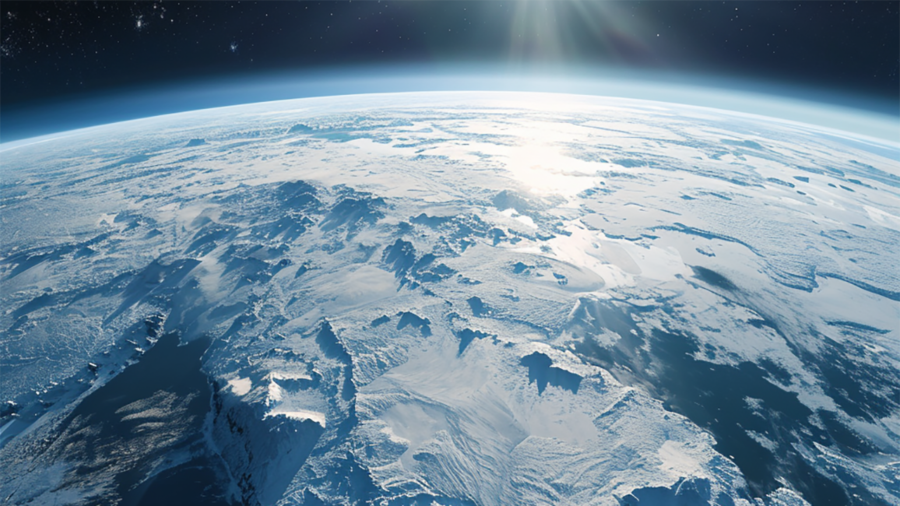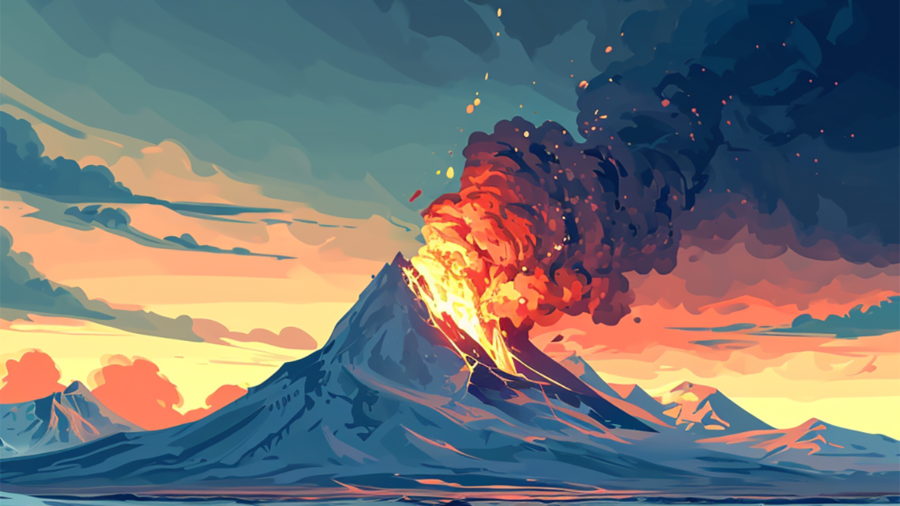Antarctica Holds A Terrifying And Fiery Secret

Below the glacial ice of Antarctica lies a hidden reality. Scientists have recently discovered that Antarctica has numerous subglacial volcanoes situated throughout the continent, and some of them are active.
Given the long-term concern over the melting of the Earth’s polar ice caps, the discovery of several volcanoes underneath the surface of Antarctica stirs questions about whether or not the subglacial volcanoes are contributing to a detrimental meltdown of the pole.
In short, scientists have explained that the answer is “no.” Though it seems quite likely that a smoldering volcanic formation could contribute to the polar ice cap melting, Antarctica’s volcanoes have been around for millions of years.
The rapid defrosting of the polar ice caps being theorized is “relatively” new to the region. The existence of volcanoes under the ice of Antarctica certainly doesn’t help the situation, but they are not to blame for it.
What some believe to be a problem for the ice caps is the flowing water underneath the frozen sheet of snow and ice. As water temperatures around the globe get warmer, in theory, so does the water that is flowing under the ice cap, melting it from below. Scientists studying the topic say climate change, as shown by their climate models, is the main contributor and threat to the melting of Antarctica’s ice sheet.
As for the volcanoes, scientists extensively explored Antarctica’s subglacial setup and found that the largest volcanic region on Earth is hiding two kilometers under the ice that covers the western portion of Antarctica. Nearly 100 volcanoes reside there, with the tallest subglacial volcano measuring nearly 4,000 kilometers.

Some scientists have said that the volcanic region of western Antarctica is more dense than the volcanic cluster that lines the eastern coast of Africa. As part of the Pacific Ocean’s infamous “Ring of Fire,” eastern Africa is home to more than 70 volcanoes, while the western coast of Antarctica has nearly 100 subglacial volcanoes lying in wait.
While Antarctica sits on its own (fairly stationary) tectonic plate, there isn’t much worry about the volcanoes causing a breakdown of the terrain. The issue comes when (or if) the volcanoes erupt. A full-scale eruption of a subglacial volcano could do some massive damage to the structure of the glacial sheet that covers the continent.
The good news is that there aren’t too many people setting up their homes in Antarctica, so a splitting of the ice won’t mean immediate danger for humans. However, a breakdown of Antarctica’s ice could mean trouble for the planet as a whole.
Climate models have been predicting for decades that those who live in coastal communities will see water levels rise. Melting permafrost could spell out trouble for various animals, too. Polar bears, walruses, arctic foxes, snowy owls, reindeer, and several other species depend on the frozen ground to live.
Rapidly melting permafrost also releases large amounts of methane into the atmosphere. Methane is a troublesome greenhouse gas that feeds into the effects of climate change. More melting equals more methane, and more methane equals rising temperatures.
The volcanoes that lie beneath the surface of Antarctica’s ice sheet are a super interesting discovery for scientists. While they may seem like a daunting discovery, the volcanoes don’t pose any immediate danger to the world.
Source: NASA











